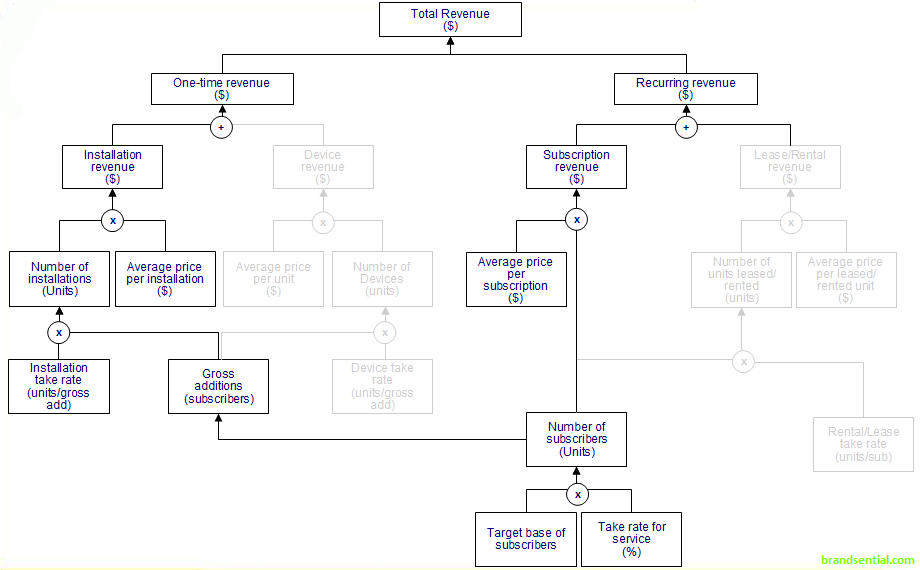This is the first article in a trilogy entitled 'The Subscription Economy' which will explain the benefits and challenges of a subscription model, if it's right for you and how to implement it into your business based on MailGuard's expertise. Today I will discuss why you should consider a subscription model and how it could help your business.

Moving to a subscription model can be a challenging task, especially if you're used to forecasting for large, one-off payments. As the name suggests, revenue isn't always immediate in a subscription model but instead comes in smaller increments. This can cause several forecasting, cash flow and sales issues as you'll essentially be starting your business from scratch; operating with a different business philosophy. However, if you get the process right - like we've done at MailGuard - a subscription model can lead to financial stability and rapid growth.
The predictable cost of a recurring billing service is a big reason why a subscription model is so attractive. We at MailGuard have promoted this feature since our inception into the market in 2001 and as a result enjoy extremely loyal customers. Our feedback tells us that customers prefer the predictability of a recurring billing service because they can accurately forecast their expenses. This benefits your business for the same reason; you are assured a consistent, predictable revenue stream which reduces risk and improves planning.
A subscription model can also protect your business from falling into the 80:20 trap where 80 per cent of your revenue is generated by 20 per cent of your clients. This is something which has traditionally plagued businesses who operate a one-off payment model because the difference in profit from a large client to a small one is so significant. In a subscription model, depending on your business philosophy, the price your customers pay is relative to the value they're receiving from your services which puts them on an even playing field, regardless of company size.
Furthermore, a subscription model typically requires a contractual agreement which means you can monitor - in real time - exactly how many people are currently using your services. MailGuard uses customer relationship management software Salesforce to simplify this process - enabling us to track in real time when an opportunity becomes an active customer. Most importantly, however, are the financial benefits which stem from a subscription model.
Often customers end up paying more for a recurring billing service than they would for a one-time purchase, either due to loyalty or simply because their contracts are locked in. For example, if you're on a mobile plan with Telstra you will probably pay an extra few hundred dollars than if you bought the phone outright. Businesses in this model rely on superior services, support and / or products to build their customer-base.
The same can be said for Adobe's much documented move to Creative Cloud which also comes with a new subscription model. Adobe have an established, loyal customer-base who are happy with their Creative Suite platform and they will rely on that loyalty to help them succeed in their move to the cloud. Businesses whose customers are loyal benefit tremendously from a subscription model because their customers are much more likely to renew contracts and / or pay a higher recurring rate.
These features, coupled with the added bonus that you'll be joining a movement destined to explode in the coming years, are the reasons why you should consider offering a subscription-based service and the reasons why MailGuard is so adamant about the potential of this business model. There is endless opportunity for growth and the constant revenue stream from a recurring billing service is a platform for financial stability. In the next article I will identify if this model is right for you and the challenges you will face.






